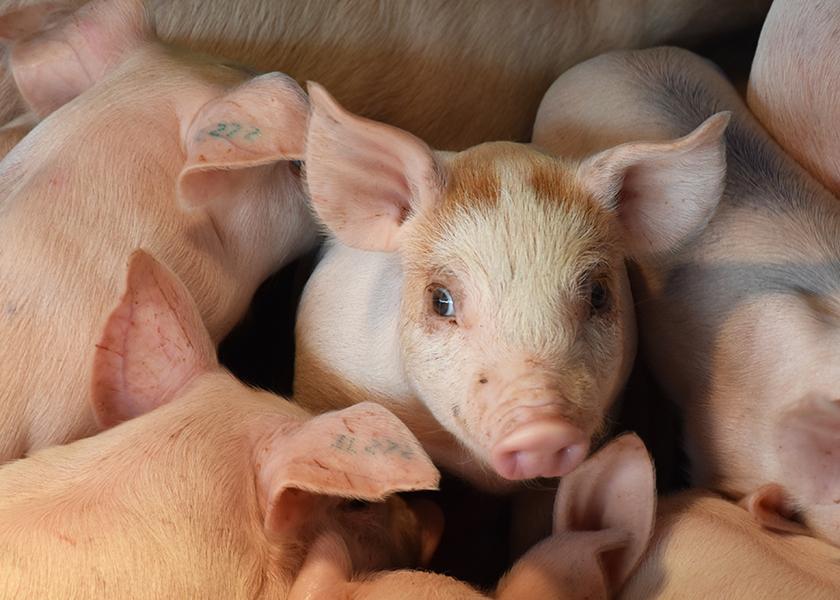Demand Uncertainty, Rising Costs Will Hinder Growth in Pork Market

As the world continues to emerge from the pandemic, global hog producers are facing a more challenging outlook, says Christine McCracken, animal protein analyst, in the Rabobank Q4 2021 Pork Quarterly report.
“Structural and transitional supply chain disruption and tight global grain stocks are raising the cost of production, just as a growing hog supply is driving prices lower,” she says.
Rabobank reports the most severe impact will be felt in markets that were slow to recover from the pandemic or have struggled with trade disruption or disease.
A drop in expected returns is squashing hope for global herd expansion in 2022, but analysts say improved herd health and productivity gains are likely to offset a portion of the slower growth.
Demand Uncertainty Grows
With structural and transitional supply chain disruption raising costs for nearly every industry, economic growth expectations are slowing.
“High-cost pork will face the greatest resistance at foodservice, as the industry is already struggling with higher labor and food costs,” McCracken adds. “Ultimately, consumers will likely trade down to lower-cost cuts and other proteins or will reduce pork consumption altogether.”
This slowdown will likely drive a wider imbalance with supply, the report said, slowing trade and driving prices lower.
Producers Slow Expansion in Light of Increasing Costs
“Limited pricing power and higher costs are also pressuring hog production returns, resulting in scaled-back growth plans in many markets,” McCracken says.
Labor challenges in North American and Europe are creating more supply chain disruption from shortages of drivers to haul pigs to staffing slaughter facilities and boning lines.
Although the industry has seen some improvement in global feed costs, some regions have struggled with corn supply challenges.
“Historically tight global inventories of corn and soybeans, together with the recent surge in fertilizer and chemical costs, are expected to drive increased volatility in feed markets in 2022,” the report says.
Feed cost inflation is likely to drive a shift in diets and increased use of alternative ingredients, which could lower productivity and increase additional costs.
African Swine Fever is a Huge Risk
In 2021, new cases of traditional health challenges such as porcine reproductive and respiratory syndrome (PRRS) and porcine epidemic diarrhea virus (PEDV) resulted in larger losses than expected. Analysts expect productivity to improve as herds build immunity.
Meanwhile, African swine fever (ASF) remains a major issue in many parts of the world with active cases now in the Dominican Republic and Haiti, in addition to China, the Philippines, South Korea, Vietnam, Russia and Europe.
“ASF not only threatens the survivability of the herd, it also typically eliminates trade, which can be equally devastating,” McCracken says. “For countries with a heavy reliance on trade like Brazil and Canada, such disruption might be unrecoverable. Other leading exporters face a similar outcome but may be able to discount product in secondary markets until the virus is contained.”
Germany still hasn’t seen a lot of progress in restoring many of its traditional markets after taking this approach following its 2020 discovery of ASF in wild boars, the report notes.
“Limited control over wild boar populations and the lack of an effective vaccine will drive further reduction in the German hog population in the coming year,” she says.
More from Farm Journal's PORK:
Rising from the Rubble: 2022 Pork Outlook







